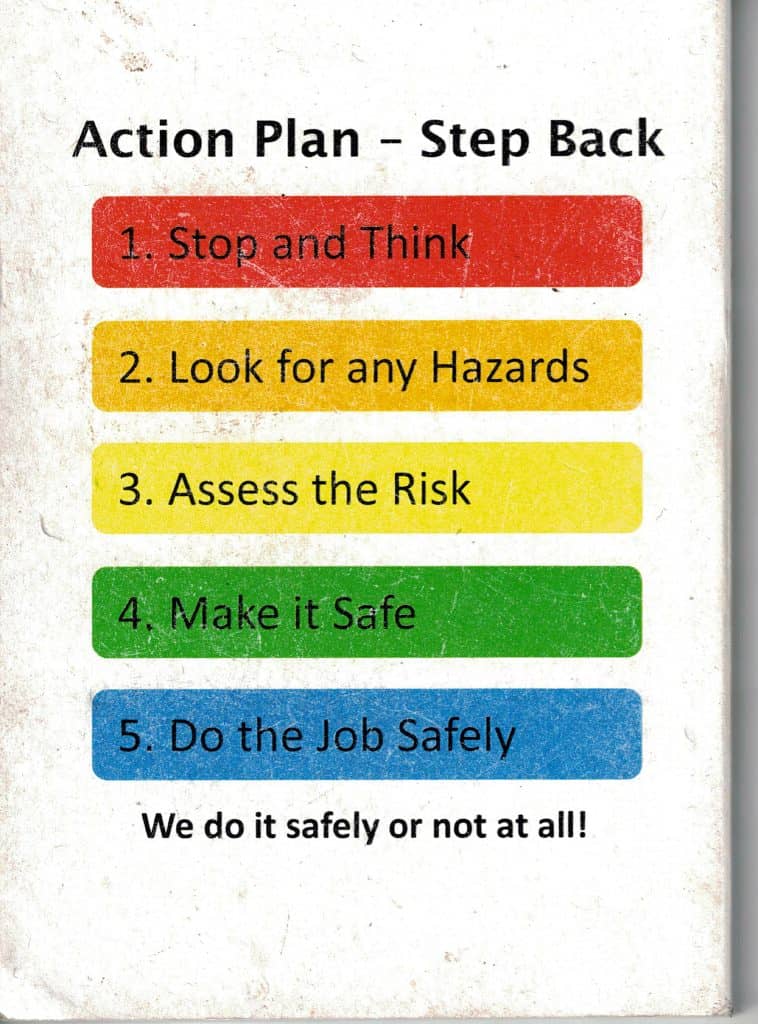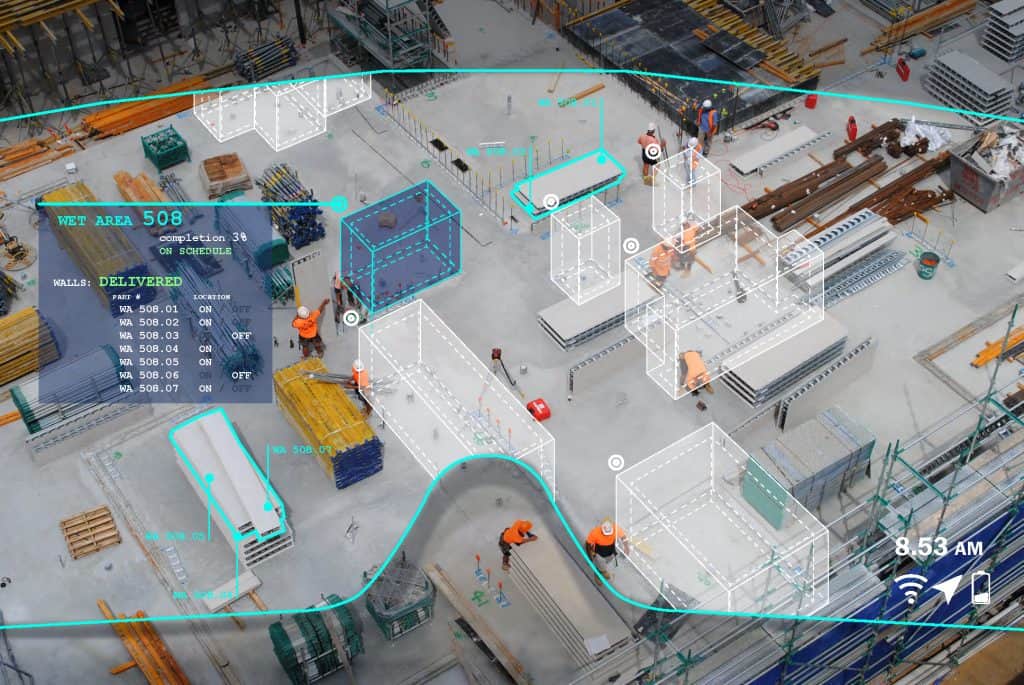It is a common response by businesses and governments to respond to an incident or an issue by imposing a new level of control. Over time, this leads to confusion, clutter and a perception that action is more complex than it could be. Responses to work-related suicide are a good example of this and the recent announcement by the Australian Government of a permanent National Commission into veteran suicides is the latest, but it needs to be more than what has gone before.
Category: research
20:8:2, 40:20 or just move round regularly
Working From Home (WFH) has rarely been a hotter topic, even when it used to be called telework earlier this century. SafetyAtWorkBlog had the opportunity recently to ask some questions of experts put forward by the Australian Catholic University (ACU).
The first of our articles based on the ACU response discusses one of the most intriguing recommendations – a 20:8:2 ratio for low impact physical activity during desktop activity.
Business COVID19 survey could have been clearer and more useful
On April 14, 2020, the Australian Industry Group revealed, in a media release, some details of how its members were responding to the COVID19 pandemic. The survey was described as economic research and, as occupational health and safety (OHS) is mentioned, SafetyAtWorkBlog asked from more details on the OHS-related findings.

The survey found:
“There has been a steep rise in workload as a result of new OH&S policies and procedures around hygiene (34%) and working from home (25%).”
“Employees are also anxious, with 31% of businesses saying there is increased anxiety levels within their workforce.”
Possible replacements for Safe Work Method Statements
Could improving the situational awareness of workers replace Safe Work Method Statements?

Many Australian occupational health and safety (OHS) professionals rally against the dominance of Safe Work Method Statements (SWMS). The application of SWMS beyond the legislated high-risk construction work parameters increases the amount of safety clutter and misrepresents OHS as being able to be satisfied by a, predominantly, tick-and-flick exercise. But critics of SWMS are rarely pushed on what, if anything, should replace SWMS? SafetyAtWorkBlog asked some experts and looked closer at the issue.
Safety In Design to be included in new digital construction research

In March 2020, several Victorian universities and others were proud to announce their being provided government grants to
“…. transform how buildings are designed and manufactured in Australia”.
Given that safety in Design of buildings has been an ongoing initiative for many years, several questions on this topic were sent through to the Interim CEO of Building 4.0 CRC, Monash University Professor Mathew Aitchison. Below is the response.
Safety opportunity from calamity

Australia is starting to settle into a state of stability as the various restrictions on life and work become more consistent. This has also allowed for some to start thinking about the recovery phase – the “bridge”, the awakening, whatever one wants to call it – to reconsider what we think of work and workplaces and our expectations are for the future. Do we resurrect the BC (Before COVID19) employment and economic models or work differently? There is an opportunity to steer work and business into a more sustainable direction that reduces physical and psychosocial harm and regains productivity and profitability. The structures, models and criteria already exist.
And, perhaps, we should incorporate the values recommended by actor, Matthew McConaughey.
Mixed messages in a new world – does OHS fit?

There has been much discussion about mixed messages in relation to the COVID19 coronavirus pandemic. Occupational health and safety (OHS) is still trying to adjust to the new working environment and needs to be careful it does not contribute to the confusion that mixed messages is creating.
Some of the mix comes from the growth in influence of alternative information and media sources linked to the Internet. Some is concerned with the declining trust the community has in government and private institutions. Some more may have come from the complacency of the OHS profession and community.
Below is an example of the mixed message problem when OHS is jumbled up with other considerations, even though one article says that OHS has become everything.
